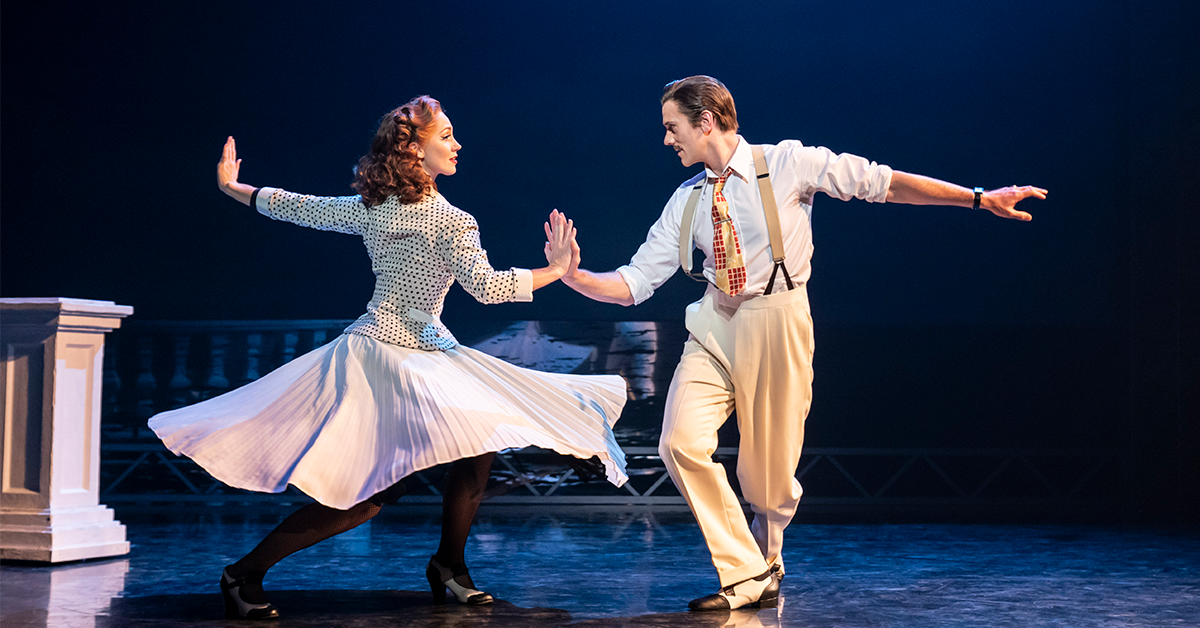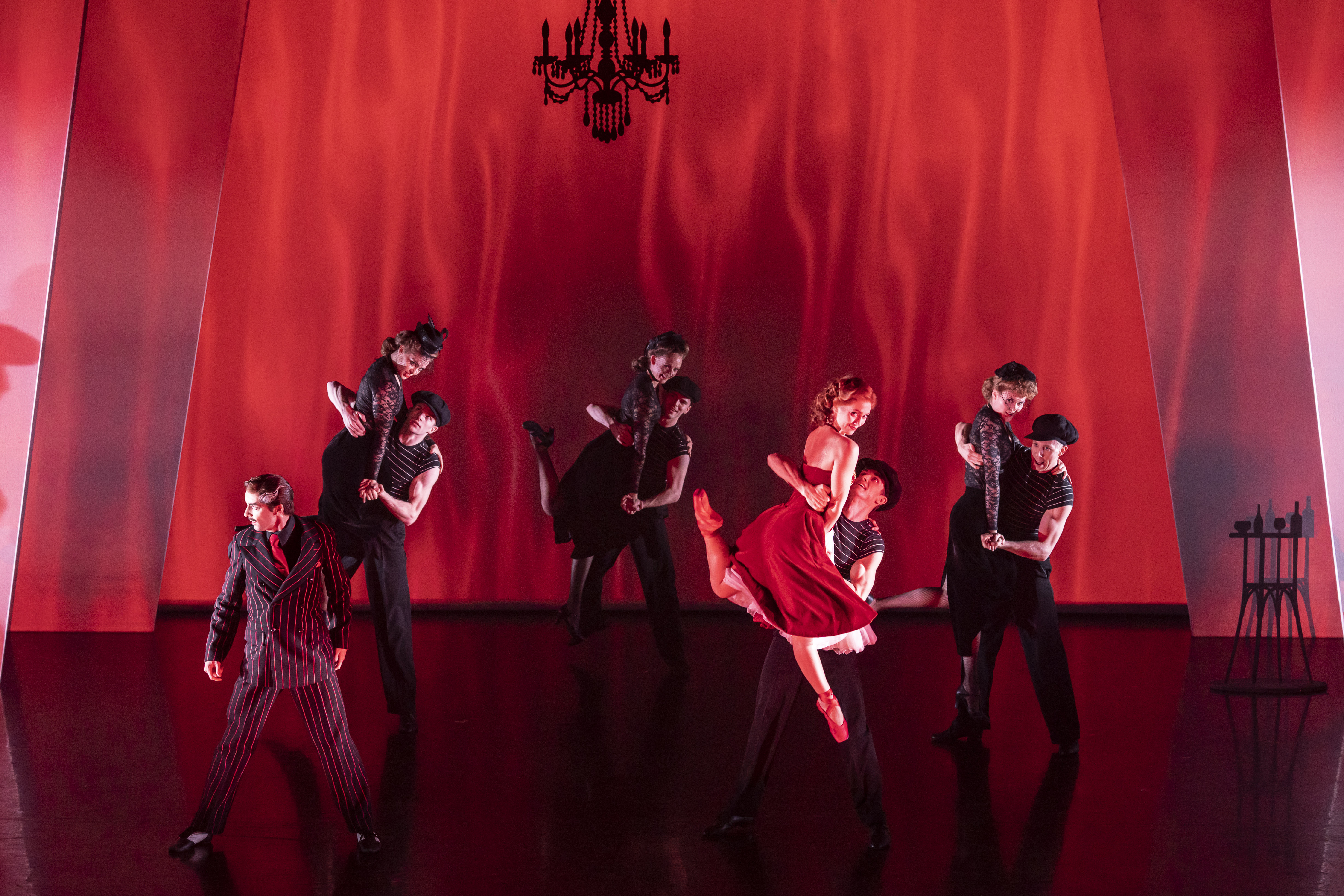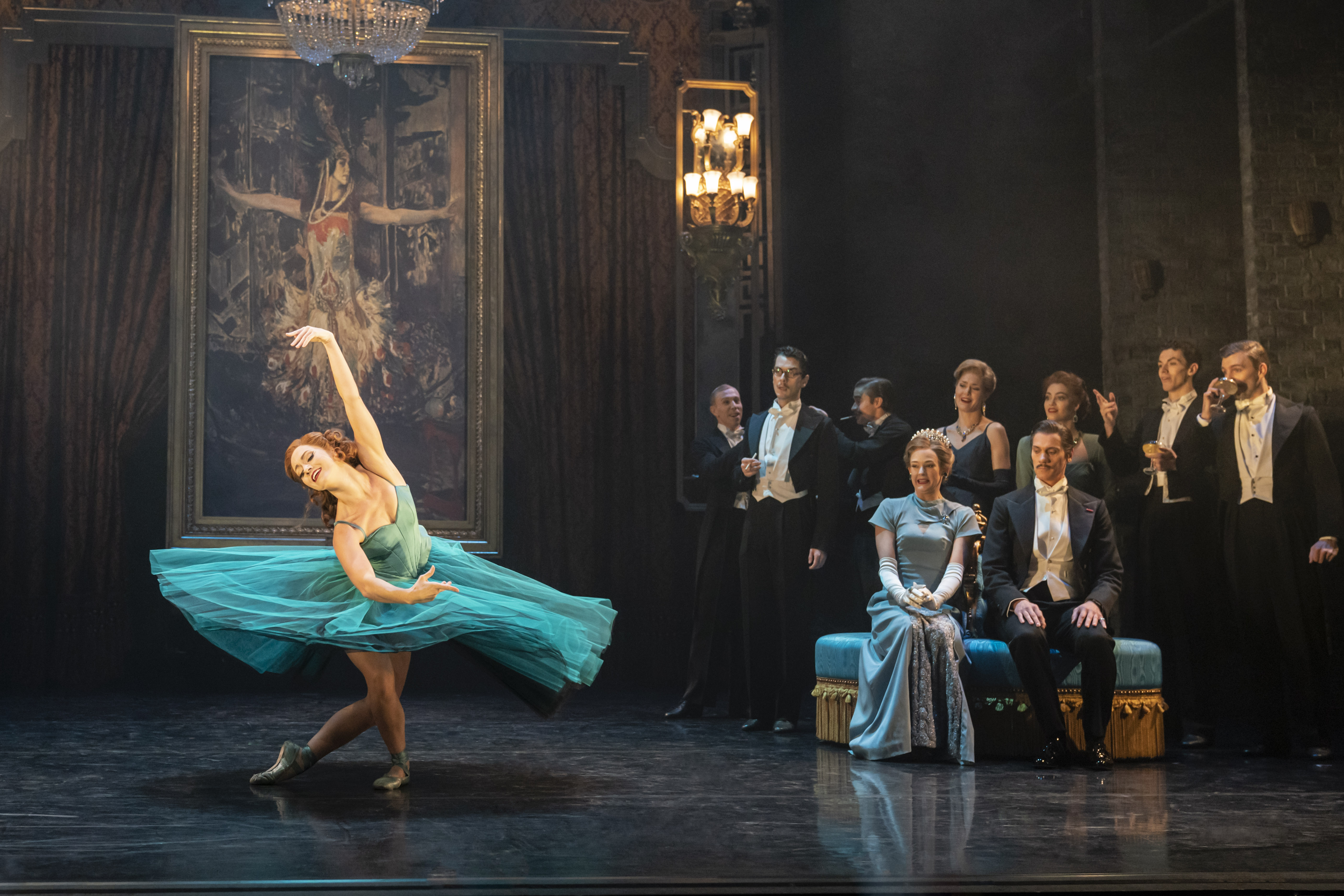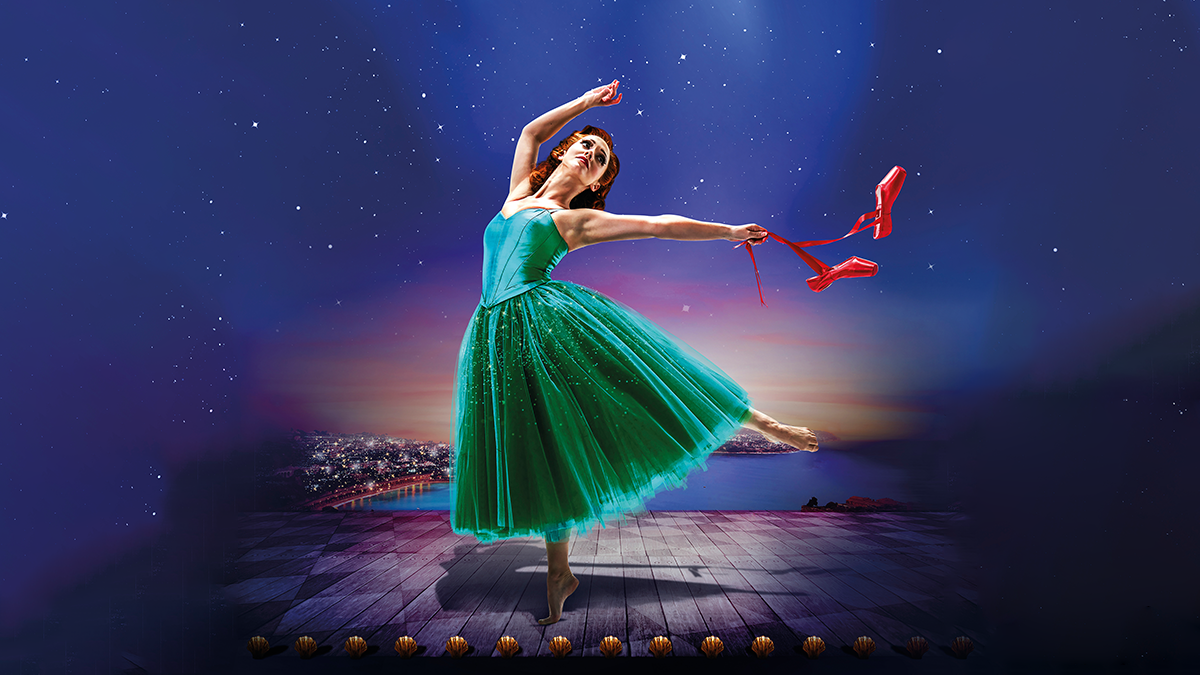Mediating Arts and Life: Matthew Bourne and The Red Shoes

While the coronavirus pandemic has caused so many cancellations of live performance, it has also given film a far more prominent role in connecting dance with audiences, and indeed in reaching new viewers around the world. Yet the two art forms meet more as friends reunited than as new acquaintances, for they share a long and deep common interest: movement. After all, we call films “movies” or “motion pictures”.
Once upon a time, too, a young Londoner called Matthew Bourne formed a dance company that he called Adventures in Motion Pictures. His career path would itself resemble something out of the movies: the little outsider who makes it big. Today, aged 60, Bourne is arguably the world’s most popular living choreographer, garlanded with awards. Starting out in 1987, he was fresh out of dance school, to which he had been admitted at the relatively late age of 22, having never before taken a dance class. Yet he was already a seasoned stage artist. All through his childhood and adolescence he had been putting on his own shows, pressing schoolmates and friends into performing roles. And from a very young age he had been watching and drawing inspiration from plays, musicals, operas, ballets—and movies. Lots of movies.

“I used to do productions of films I’d seen,” he told the BBC in 2002, on the launch of his reformed company, New Adventures. “Disney films like Lady and the Tramp, or Mary Poppins.” Once, he did a version of Cinderella where “all the men played women and all the women played men. I must have been about eight!”
Bourne is, of course, best known for his phenomenally successful version of Swan Lake, in which he flipped the traditionally female swans into male roles, discovering fresh dimensions to the story—and a vast new audience. Premiered in 1995 and still going strong, it catapulted him onto the world stage. Though he is not a ballet choreographer, he has ever since been associated with his “remakes” of classical ballets, each giving a new spin to the traditional stories—a Dickensian Nutcracker! (1992), Highland Fling* (1994, based on La Sylphide), Cinderella (1997, set in London during the Second World War), Sleeping Beauty (2012, complete with vampires) and Romeo and Juliet (2019, set in an institution for young people).
* Presented by the HKAF in 2014, featuring Scottish Ballet

As a result, Bourne has gained a reputation for being both “balletic”— in subject, if not in style—and “stagey”, in that very British sense of being driven by plot and character, somewhat mannered in performance, attracted to interior settings and costume drama, and more interested in popular appeal than highbrow pretension. But it would be equally true to call his work cinematic. Even his ballet-based works are studded with film references that cinephiles will enjoy spotting. Sleeping Beauty nods to the Twilight films. Romeo and Juliet has overtones of One Flew Over the Cuckoo’s Nest, as well as quotes from Grease. Highland Fling was once dubbed “Trainspotting: The Ballet”, while Swan Lake has echoes of Hitchcock’s The Birds.
Bourne’s debt to cinema goes further than quotes and references: he has made several pieces explicitly drawn from movies, such as The Car Man (2000). Play Without Words (2002) which drew on British films of the 1960s, and Edward Scissorhands (2005).
Another of Bourne’s productions with direct cinematic antecedents is The Red Shoes (2016). It is based on Powell and Pressburger’s classic 1948 British film about stage-struck, and love-struck, young artists, eager to make their names in the theatre, and about the dance company for which they create a new ballet, based on a bittersweet fable. So many of the elements resonate with Bourne’s own career and work, it could almost have been tailor-made for him.

For music, Bourne’s collaborator Terry Davies adapted a range of film scores by the legendary Bernard Herrmann, best known for his work with Alfred Hitchcock, but who also worked with Orson Welles, François Truffaut and Martin Scorsese. The result is a curiously recognisable but intriguing atmosphere of fleeting motifs and drifting harmonies.
Lez Brotherston, Bourne’s most frequent collaborator, has once again created a skilfully mobile set that can flip effortlessly between on-stage and backstage worlds, as well to a more delocalised realm of fantasy. Bourne relishes light comedy as well as drama, and for those who know some British ballet history, there are plenty of in-jokes. But as ever, Bourne excludes no one, playing to a larger audience, always careful to let the story unfold and emotions flow, with no need for insider knowledge.
As with all Bourne’s works, it is the story, that matters: dance may be his medium, but its meaning comes from character, plot, theme and setting. The story here lets Bourne have lots of fun with the choreography, mounting pastiches of early 20th-century ballets—and ballet dancers—but as so often, he also finds a core of emotional disturbance in the characters. In The Red Shoes, that disturbance is dance itself, and in the character of aspiring dancer Victoria Page—in the dreaming lilt of her first entrance, in the impetuous suspensions and headlong rush of her limelight moments—Bourne captures the strange, siren call that dance has for its devotees. The Red Shoes is a very particular love story, replete with competing kinds of love—not only between people, but love for dancing, for achievement, for recognition. The story’s ultimate theme is the incompatibility of the loves of art and life.
That makes for a powerful plot, but happily, Bourne’s life story turned out very differently. He is still doing what he has loved doing ever since he was a boy. “I like making big shows for big audiences,” he told the Guardian in 2016. “I always have.” Not for him the doomed artistry of The Red Shoes: he’s more likely to be seen on the red carpet, which is itself a story worth telling.
Text
SANJOY ROY
Sanjoy Roy is based in London.
He writes on dance for the Guardian and other publications, and is editor of Springback Magazine, covering new contemporary dance in Europe
This article was originally published in the 2021 edition of HKAF’s FestMag

A New Adventures production
Matthew Bourne’s Ballet FilmThe Red Shoes
The Red Shoes is a new recording of Matthew Bourne’s double Olivier Award-winning stage production. Based on the 1948 movie classic, Bourne uses ballet, swing dance and a sweepingly romantic score to tell the story of an ambitious ballerina, fatally torn between romantic passion and devotion to her art.
Programme details